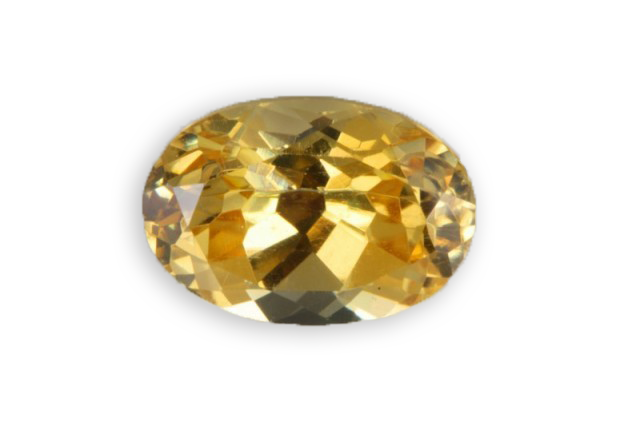
very weak
Je vous emmène à travers mes vidéos découvrir mon expérience acquise depuis plus de 30 ans a silloner le globe entier à la recherche de pierres précieuses, de rencontre mémorables mais aussi de difficulté parfois …
actualités
Categories

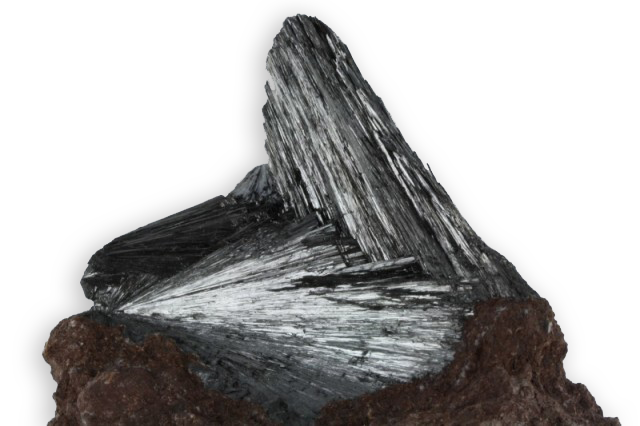
pyrolusite
Identified and named in 1827, its name comes from the Greek words meaning “fire” and “who washes”, as it was used to remove from glass its green and brown color due to iron. This is the main element of “dendrites ” black seepage into the
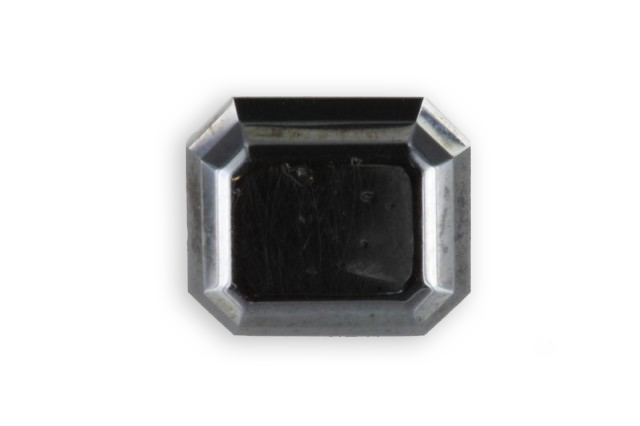
pyrargyrite
Described in 1831 by Glocker, its name comes from the Greek “pyros” meaning fire and “Argyros” for money. It is a silver salt of a fire red color.
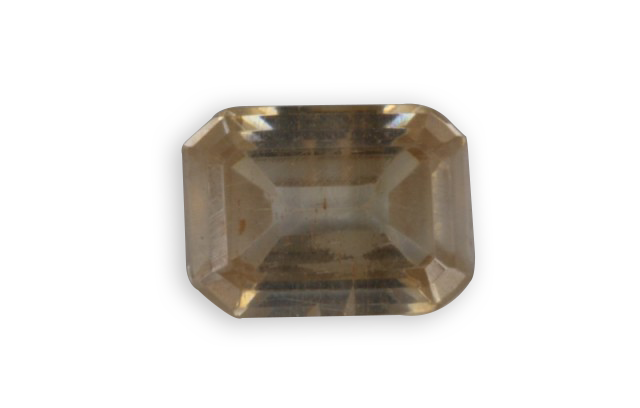
phosgenite
Discovered in England, its name comes from the Greek “phos” meaning “light” and “genan” – “which leads “, in connection with its lights characteristic, was given by Haidinger. Karsten, who had described it in the early nineteenth century had named it hornblei.
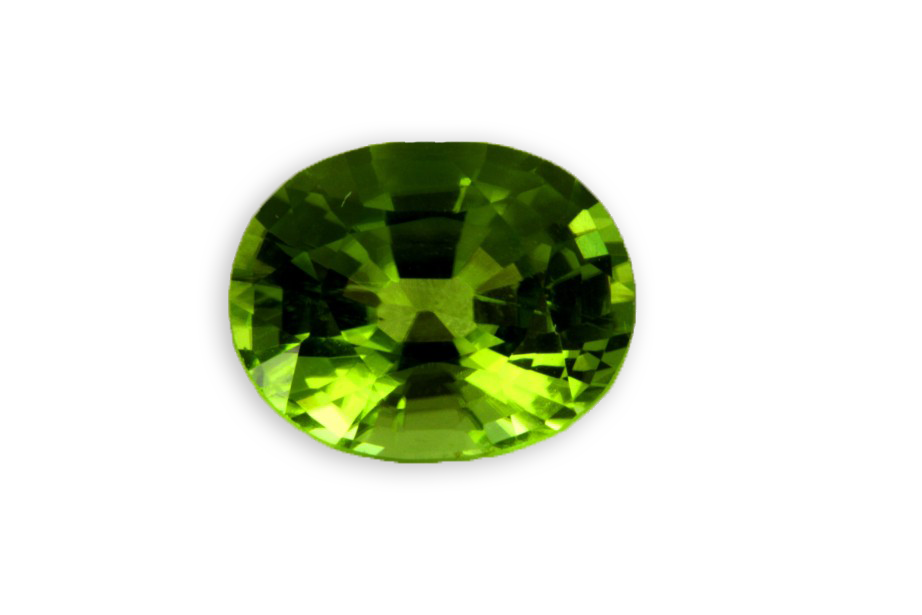
peridot
Formerly this mineral was called chrysolite, although the “chrysolitus” of Pliny was probably referred to topaz, a “yellow stone”, a “golden stone”. Also called ” stones of knights ” because it would be the crusaders who brought peridot from the east to europe where it
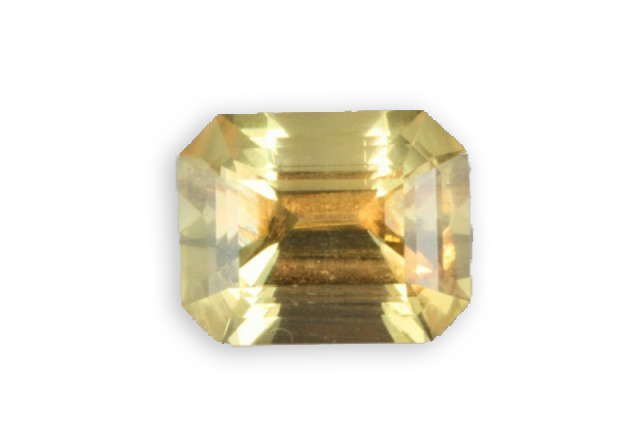
orthoclase
Described by Breithaupt in 1823, its name comes from the Greek Greek “orthos” meaning “straight fracture“, because it has the characteristic to cleave in two orthogonal planes. Named at the beginning orthoclase, orthose, its french name, was given lately by René Just Haüy. In its



